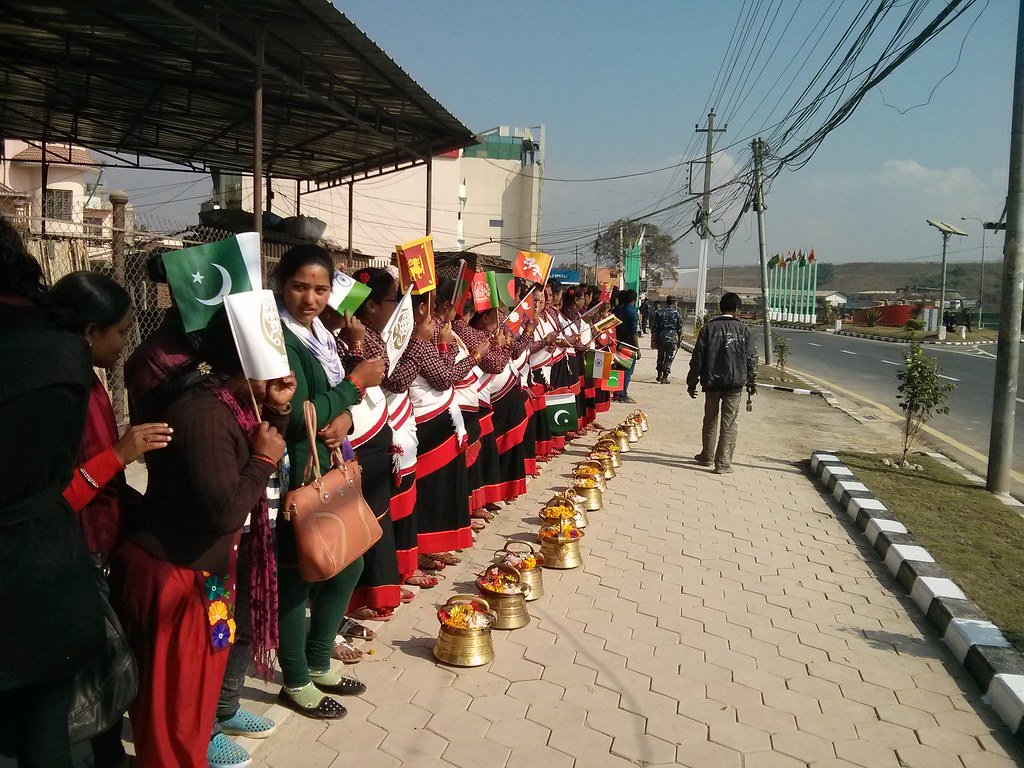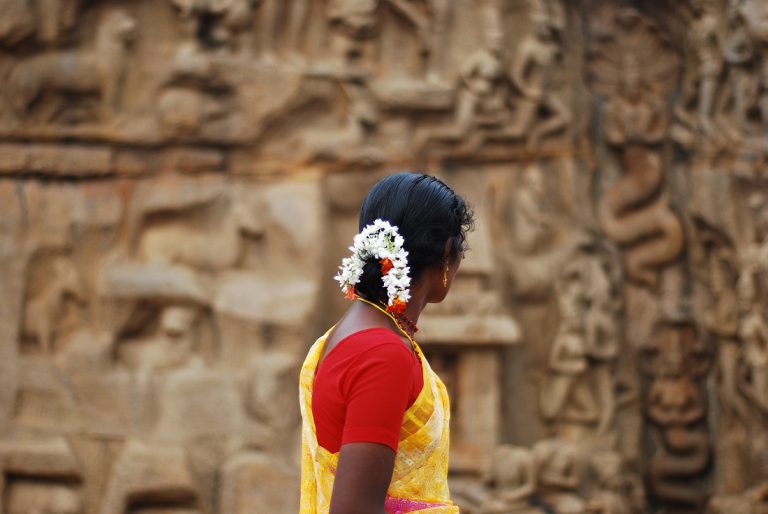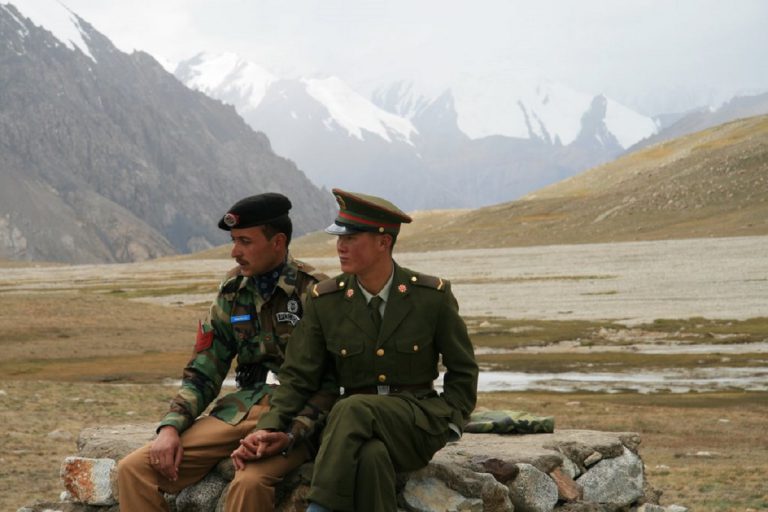India’s Obscure Neighbours

Amidst the high-profile visit of the US Secretary of Defence Lloyd Austin to India and recent conclusion of the virtual summit among QUAD’s heads of states, a couple of changes occurred in India’s neighbourhood. Pakistani Army Chief, General Bajwa, highlighted his intention for peace with India and resolution of all outstanding issues between the two nuclear powers. This follows the ceasefire agreed upon by the two militaries in the last week of February. On the Afghan front, Secretary of State Antony Blinken’s letter to President Ashraf Ghani has raised eyebrows. The letter talks of a UN mediated approach to find a peaceful resolution to the Afghan issue and asks for the involvement of six countries, including India. This marks a rarity vis-à-vis India’s involvement in the Afghan peace process.
However, thanks to the conventional media’s obsession with India’s western and northern frontiers, I feel that the equally important developments in India’s southern and eastern borders have been less deliberated upon. In this article, I attempt to explain the recent happenings in Sri Lanka, Myanmar and Bangladesh and their significance for India.
Sri Lanka
India abstained from voting on a United Nations Human Rights Council (UNHRC) resolution against Sri Lanka, for which it was appreciated by the Sri Lankan foreign minister. The resolution concerns the ‘war crimes’ and ‘crimes against humanity’ committed during the final phase of the Sri Lankan Civil War in 2008/2009. 8th in counting since the first one came up in 2009, the resolution is aligned heavily against the Sri Lankan Government (SLG). Consequently, SLG has been lobbying the UN member states to vote keeping its interests in mind. India has a shaky record on these resolutions, having voted both in favour and against the SLG, in addition to a few abstentions.
India’s voting pattern has been influenced by both domestic politics and geopolitical considerations. Tamil Nadu based regional parties (DMK and AIADMK) have for long pressurised the Centre to safeguard the rights and interests of Tamils in Sri Lanka. The political clout that the Sri Lankan Tamils’ issue has garnered is demonstrated by the fact that in the three – decade old Rajiv Gandhi’s assassination case, both DMK and AIADMK have demanded for the convicts’ release.
Also, the ongoing Tamil Nadu assembly elections seem to have affected India’s decision to abstain, since the BJP, which runs the Centre, is in an electoral alliance with AIADMK. Geopolitically, China has gained huge influence in Sri Lanka owing to its debt-trap diplomacy, having received the Hambantota port for a 99 years lease in 2017. Additionally, India has grown wary of its investments in the island nation, which retracted on the Memorandum of Understanding – MoU (with India and Japan) for the development of the East Container Terminal of the Colombo port. Although another MoU to develop the West Container Terminal (WCT) of the same port has been proposed, SLG’s fickleness in future can’t be ruled out.
Myanmar
Another development in India’s neighbourhood is the military coup in Myanmar, India’s least talked about neighbour. The coup ousted the elected government and is being seen as a major setback in the country’s transition to a democracy. In this regard, the QUAD summit’s joint statement on restoring democratic resilience in Myanmar seems to be a soft remark. Indian officials attending Myanmar’s Armed Forces Day parade, amidst the killing of civilians by the security forces, is also an unwelcome move.
However, it is in India’s interest not to push too hard on Myanmar. The 1962 military coup rendered minimal contact between India and Myanmar for nearly three decades, which was worsened by India’s support to the 1988 pro-democracy movement and the condemnation of the 1990 coup. This resulted in China making deep strategic inroads into Myanmar, while India took a backseat. Considering the hold of the junta (who have constitutionally guaranteed reserved seats in the national parliament) on Myanmar polity, India would be wise to engage with ‘Tatmadaw’. Repeating past mistakes would prove to be a hurdle in restricting China’s expansionism in the Indian Ocean Region (IOR) through its Belt and Road (BRI) initiative.
Nonetheless, India also needs to make concerted efforts for the restoration of democracy in Myanmar. The concerns raised by Mizoram’s Chief Minister over the influx of refugees fleeing persecution present before New Delhi an inconvenient question that it can’t dodge. Unfortunately, India is neither a signatory to any international law concerning refugees (1951 UN Convention and 1967 Protocol relating to the status of refugees) nor has national legislation addressing this problem. If not handled properly, then the refugee crisis might spill over into other North-Eastern states. India can ill afford another Rohingya like crisis at its sensitive borders.
Bangladesh
The current Indian political dispensation has reiterated Bangladesh’s importance in India’s strategic calculus, as Prime Minister Narendra Modi chose it for his first foreign visit after nationwide COVID – 19 lockdown was imposed a year ago. Although the consideration of assembly elections in Assam and West Bengal might have affected the visit’s timing, the larger reason is strategic. This year marks the 50th anniversary of Bangladesh’s independence from Pakistan and the establishment of diplomatic relations with India.
India shares the longest land border with Bangladesh and hosts a large number of migrants, both documented and undocumented. The signing of the ‘Land Boundary Agreement’ and acceptance of an international tribunal’s verdict on a maritime territorial dispute are legacies of India’s willingness to resolve issues and foster closer ties with Bangladesh.
Nonetheless, more needs to be done. Issues relating to sharing of water resources of rivers Ganga, Teesta, Feni, Kushiyara etc. is a thorn that should be removed if a long-term, sustainable solution is sought. India has a history of being a generous upper-riparian state, the World Bank brokered the ‘Indus-Water Treaty’ with Pakistan being a shining example. India should extend the same generosity towards Bangladesh and give concessions as much as possible.
There is a longstanding demand that Bangladesh provides transit access between mainland India and the North-Eastern states. Taking cognizance of this demand, the revitalization of pre-1965 rail links is a welcome step. Bangladesh’s expression of intent to be a part of the ‘India-Myanmar-Thailand Trilateral Highway project’, early operationalization of the ‘BBIN Motor Vehicles Agreement’ and the offer to use multiple Bangladeshi airports are among significant initiatives concerning connectivity.
Conclusion
For too long, SAARC as a regional body was held hostage to the Indo-Pak tensions, which rendered cooperation among member states ineffective. Also, Myanmar wasn’t given its due credit by India in the regional dynamic. The ‘Look East’ Policy sought to alter India’s strategic orientation post – Cold War, which was further strengthened by the ‘Act East’ Policy. However, the impact of these policies has been more pronounced in our relations with the Far East (Japan, South Korea, ASEAN) than the immediate east. Hence, it’s high time that India pursues its ‘Neighbourhood First’ policy more seriously. BIMSTEC is an excellent platform that integrates the elements of ‘Neighbourhood First’ and ‘Act East’ policies. Similar outreach programmes can immensely benefit India as well as the regional players.
In the words of former ambassador Anil Trigunayat, ‘If Bangladesh wants to become ‘Shonar Bangla’, India has to play the role of a goldsmith.’ I believe that the same principle applies to Sri Lanka and Myanmar as well.
Image Credit: Flickr







